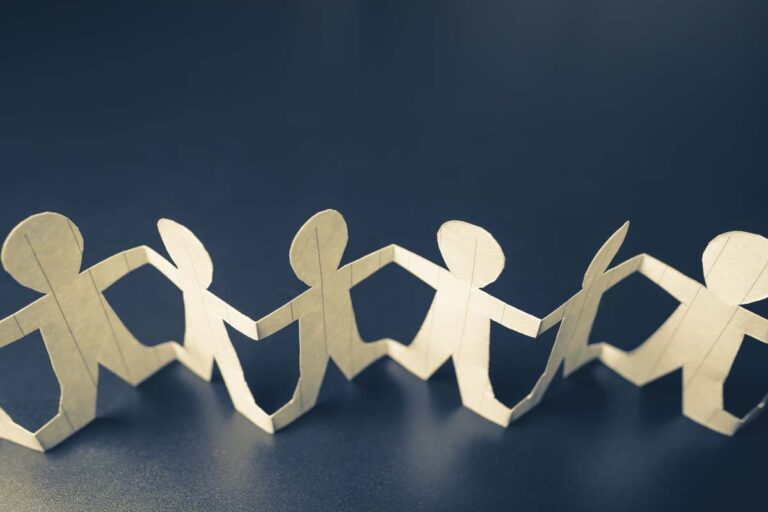Each June, rainbow flags fly high as communities around the world recognize Pride Month—a time to celebrate the history, achievements, and diversity of the LGBTQ+ community. While parades and festivities often take center stage, Pride Month also serves as a vital platform to address a less visible but equally important issue: mental health.
For many LGBTQ+ individuals, the struggle for acceptance and equality extends far beyond June. Studies have shown that LGBTQ+ people face significantly higher rates of mental health challenges, including depression, anxiety, and suicidal ideation, compared to their heterosexual and cisgender peers. Experts point not to identity as the cause, but to the social stressors LGBTQ+ individuals often endure.
Understanding the Mental Health Gap
Research from organizations such as the National Alliance on Mental Illness (NAMI) and The Trevor Project highlights several contributing factors:
• Stigma and discrimination, both systemic and interpersonal
• Family rejection, which can lead to homelessness, especially among LGBTQ+ youth
• Lack of access to affirming mental health care
• Fear of coming out, and the emotional toll of hiding one’s identity
According to The Trevor Project’s 2024 survey, 41% of LGBTQ+ youth seriously considered attempting suicide in the past year, with even higher rates reported among transgender and nonbinary youth. These numbers reveal a mental health crisis that deserves urgent attention—especially during Pride Month, when awareness efforts can reach wider audiences.
Pride as a Protective Factor
While challenges remain, Pride Month offers more than visibility. It provides a powerful sense of belonging and affirmation, which can positively impact mental health. Community events, educational forums, and support networks help combat feelings of isolation and internalized stigma.
“Seeing your identity reflected in others, and being embraced for who you are, can be life-changing,” says Dr. Emily Carter, a psychologist who specializes in LGBTQ+ mental health. “Pride is not just a celebration—it’s a reminder that you are not alone.”
Supporting Mental Wellness
Educational institutions, health organizations, and local governments can all play a role in supporting LGBTQ+ mental health. Strategies include:
• Inclusive curricula that reflect LGBTQ+ histories and experiences
• Training for educators and counselors on gender and sexual diversity
• Creating safe spaces in schools, libraries, and community centers
• Promoting mental health services that are culturally competent and affirming
In recent years, mental health resources specifically designed for LGBTQ+ individuals have expanded. Nonprofits like The Trevor Project, Trans Lifeline, and local LGBTQ+ centers offer support through crisis lines, peer counseling, and online communities.
What Allies Can Do
Allyship is a year-round commitment. Educators, parents, and peers can help by:
• Listening without judgment
• Challenging stereotypes and homophobic or transphobic remarks
• Supporting inclusive policies in schools and workplaces
• Encouraging LGBTQ+ individuals to seek professional help when needed
“Pride is about more than celebration—it’s about continuing the work toward equality and mental wellness,” says Dr. Carter. “We all have a role to play.”
Moving Forward
As Pride Month continues to evolve, integrating mental health awareness into its message is more important than ever. Education and empathy can foster a world where LGBTQ+ individuals are not just accepted but fully supported—in June and every month after.
Resources for Support:
• The Trevor Project: www.thetrevorproject.org
• NAMI LGBTQ+ Resource Center: www.nami.org/LGBTQ
• Trans Lifeline: www.translifeline.org






